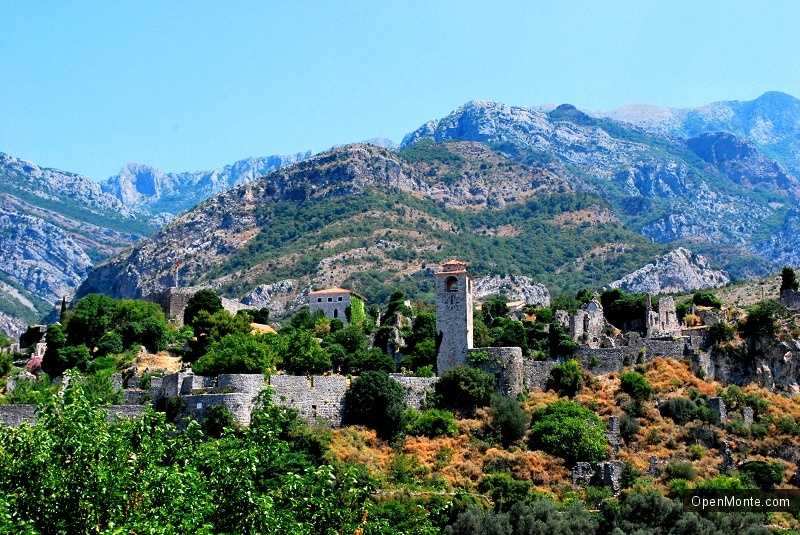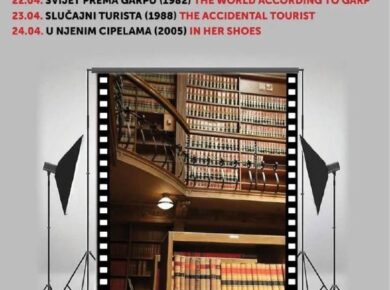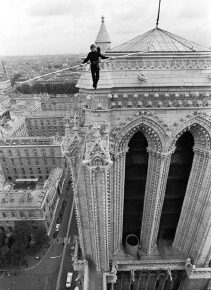The history
In the 9th-10th centuries, the city was first mentioned as Antibareos, and in the 11th century as Antibaris (in the records of the Emperor Constantine the Porphyrogenitus). It is assumed that Bar was once called Antibaris (Antibar) because of its location on the other side of the Adriatic from the Italian city of Bari.
The history of Old Bar dates back to 4500-1400 B.C. This period is marked on fragments of ceramic tableware found on the territory of the ancient Bar.
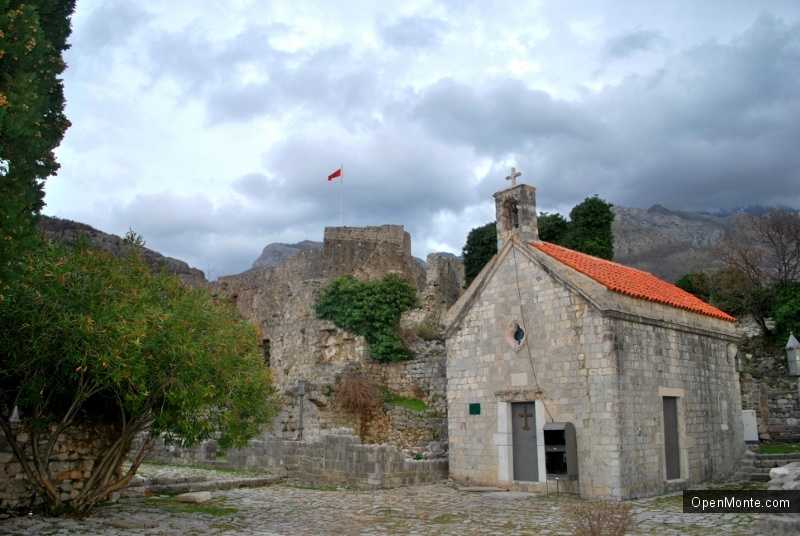
Old Bar has a very rich history. In the 3rd century B.C., the Romans conquered this land and built a fortress on the site of the present Old Bar. In the 7th century, the area was inhabited by the Avar-Slavic tribes, which later formed the first Slavic state of Duklja, later renamed to Zeta.
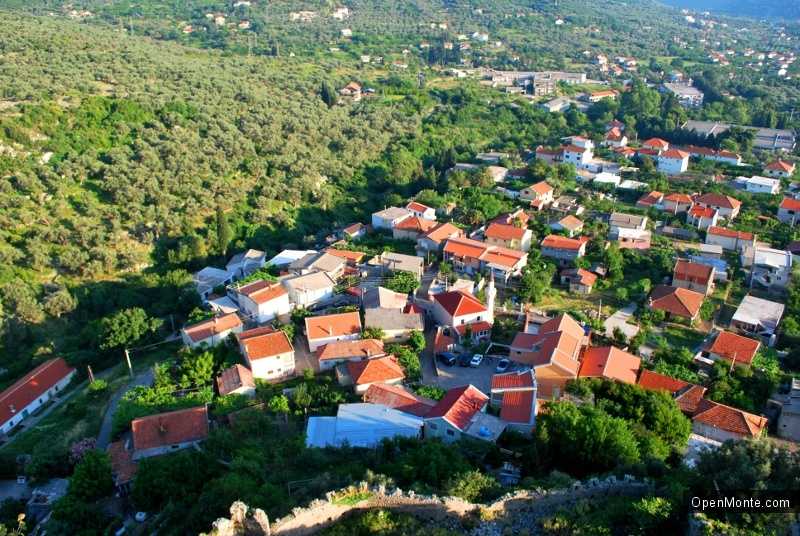
In the 9th and 10th centuries, the Old Bar and its lands were under the rule of the Byzantine Empire.
Since the 1360s, the Balšić dynasty of Zeta has ruled the city, proclaiming Bar as its capital. In the first half of the 15th century, Bar was repeatedly passed from hand to hand by the Venetians, Balšićs, Stefan Lazarević, Đurađ Branković and Stjepan Vukčić.
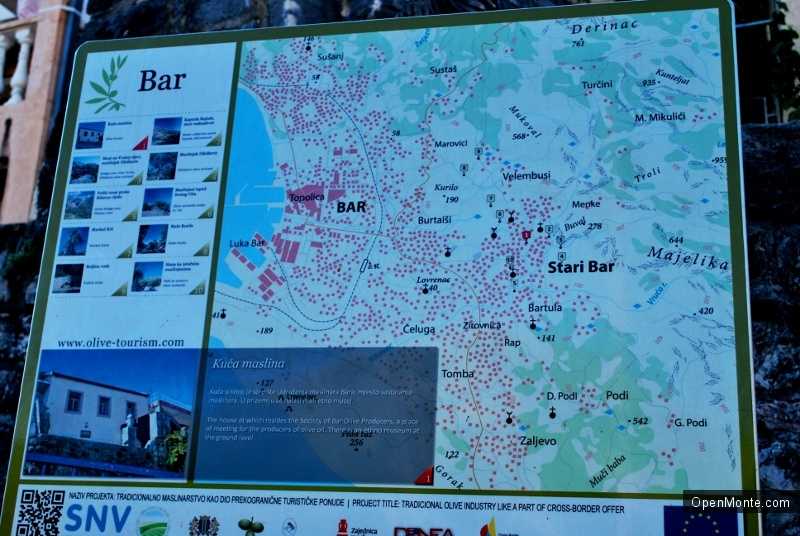 Since 1443, Bar has been a part of the Republic of Venice, and that was the time of its prosperity.
Since 1443, Bar has been a part of the Republic of Venice, and that was the time of its prosperity.
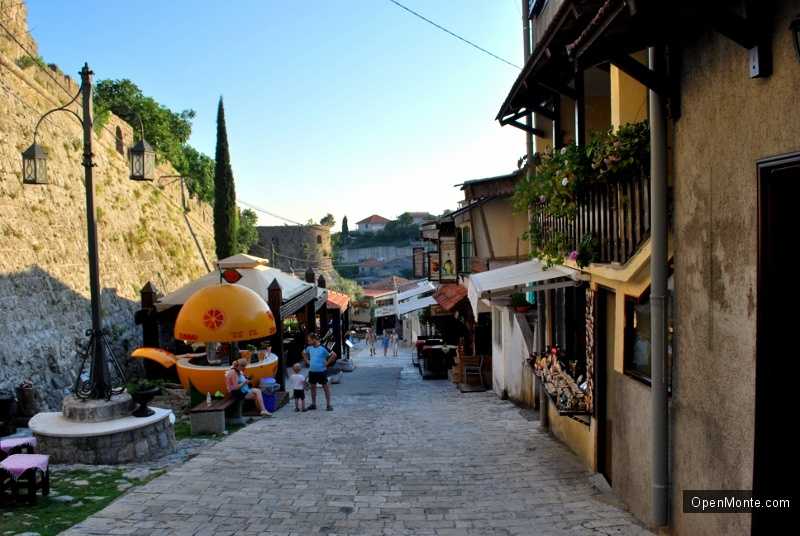
During this time, high fortress walls with towers and bastions, built palaces and churches, surrounded the city. The population of Bar was about 4000 inhabitants at that time. It had its own self-governing services and its own mint.
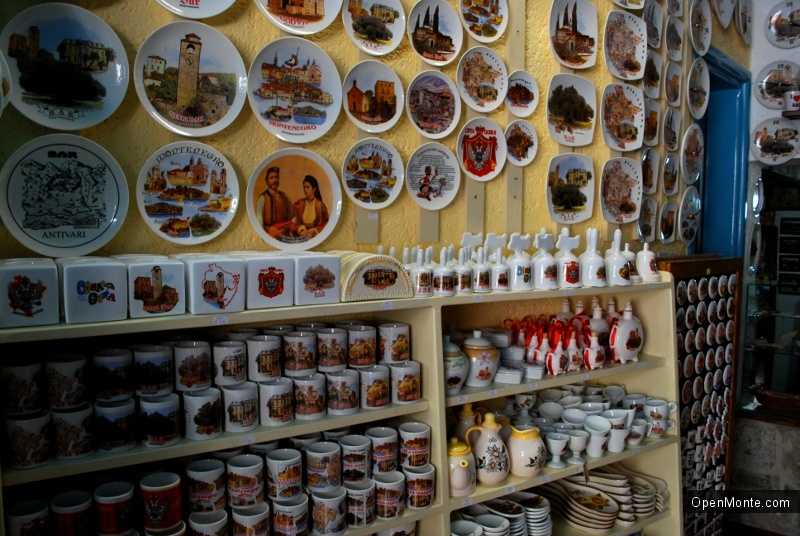
In 1571, Bar was captured by the Turks, but not destroyed. For the next 300 years, Bar remained a well-equipped and wealthy border town with flourishing agriculture and trade. However, the Turks did not stay here long, and in 1878 the Montenegrins headed by Nikola I Petrović-Njegoš liberated the city.
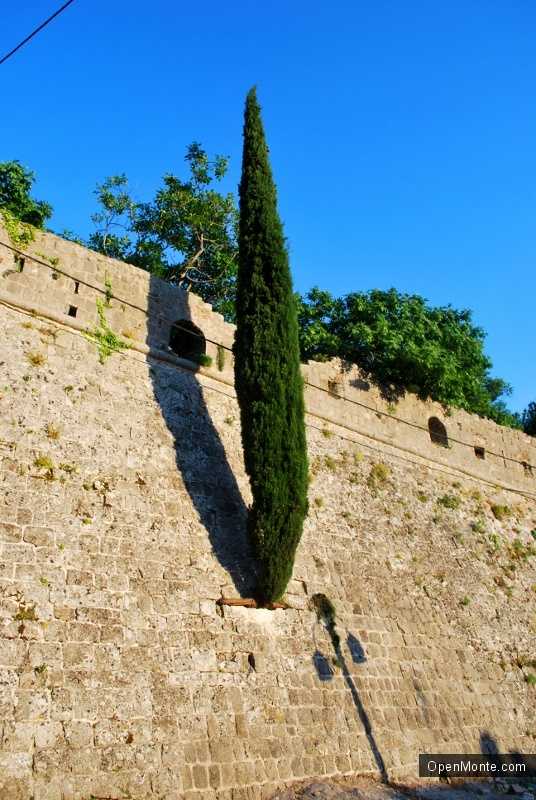
Walks around the Old Bar
This place won’t leave anyone indifferent, so be sure to take your camera before heading out! And on a hot day you should take at least 1 liter of water with you. 🙂
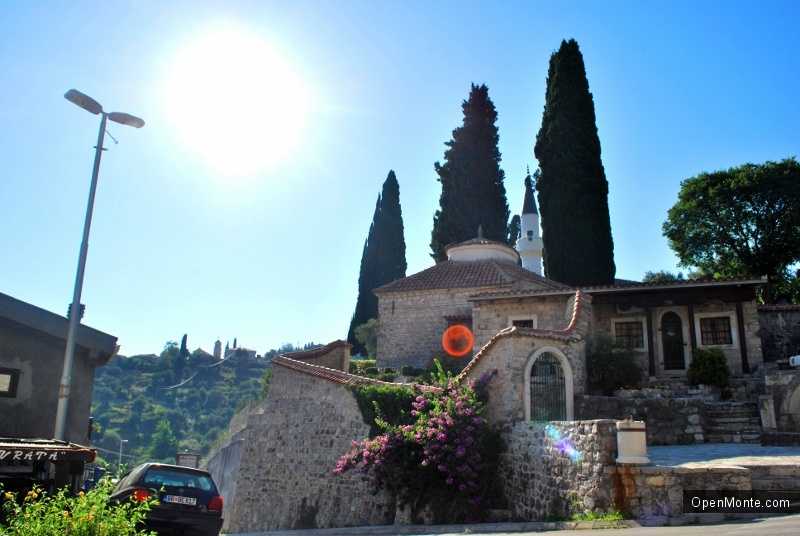
Immediately at the entrance to the ancient streets, we notice an interesting information board with a geographical map and a bunch of signs. It shows what settlements surround the Old Bar.

We go up the sunny street. It is hot, +32°C, even though it is 7 pm.
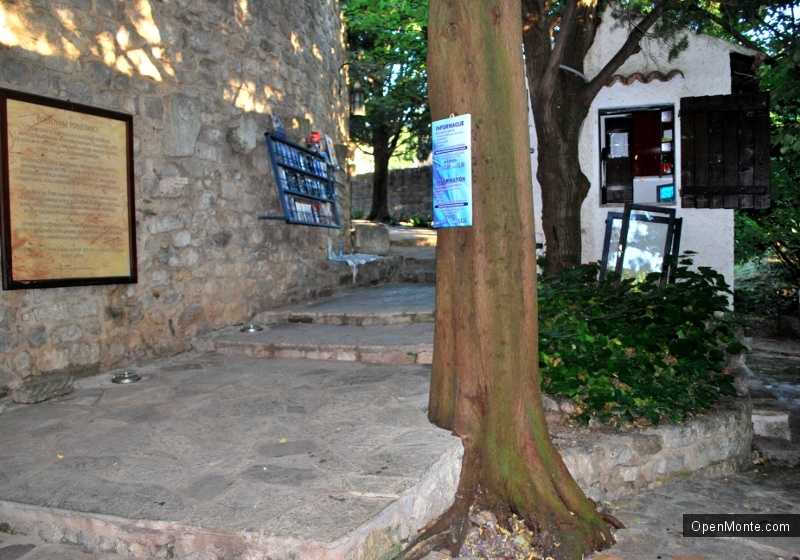
We go to the nearest souvenir shop, take a breath under the air conditioner and examine the goods offered to tourists more carefully. Prices were pleasantly surprising, a bit lower than on the coast of Bar and much cheaper than in other Montenegrin coastal towns.
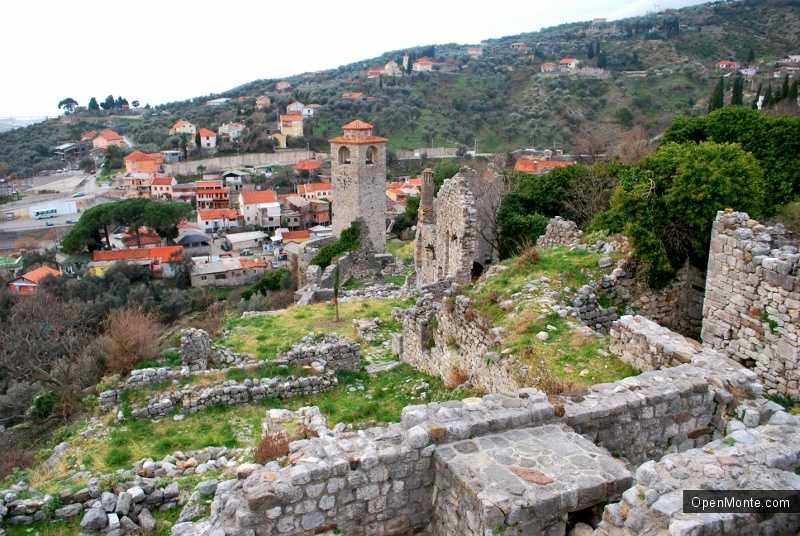
Locals have been growing olives and making olive oil since ancient times. Blacksmiths, sailors, builders and painters also lived in the city.
At the entrance to the fortress of the city we are met by an ancient wooden press for olive oil manufacturing.
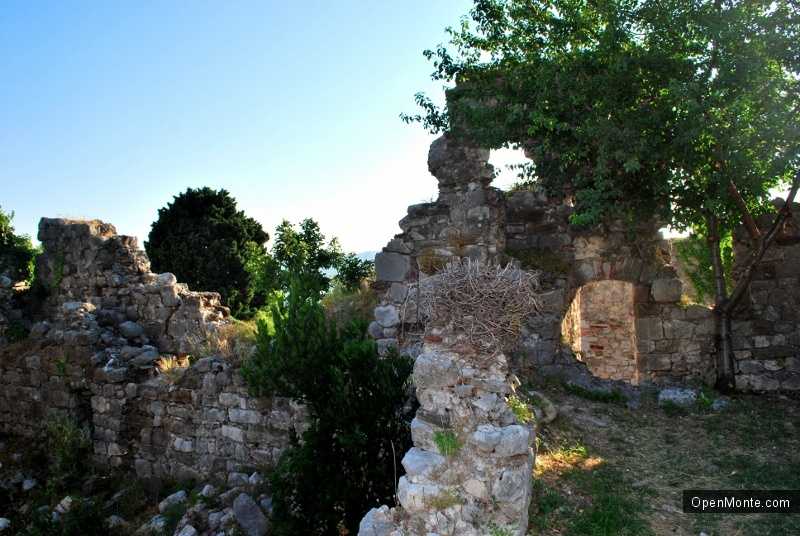
An earthquake in the Old Bar
On the territory of the Old Bar there is an open-air museum, the entrance to which costs 2 euros. The photo shows a booth where you can buy the tickets.
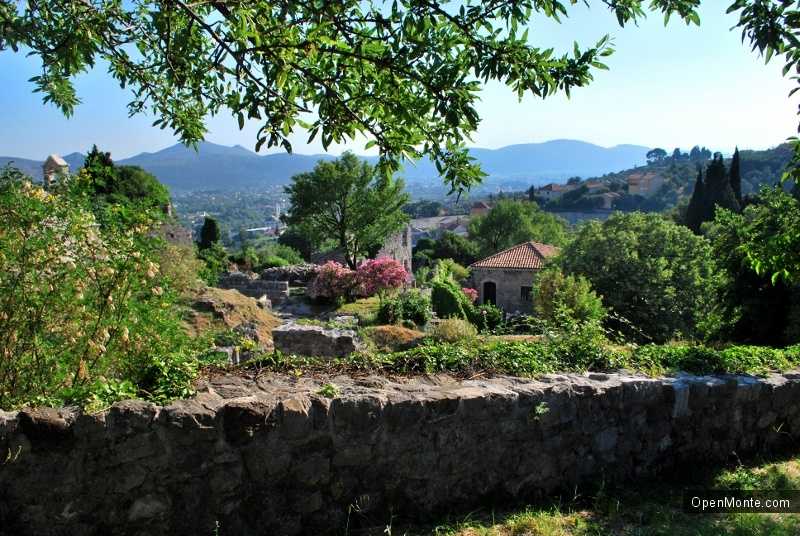
The Old Bar is located about 3 km from the center of the modern Bar and 4 km from the sea. Due to the strong earthquake in 1979, which was at level 7 on the Richter scale, the city got badly damaged.
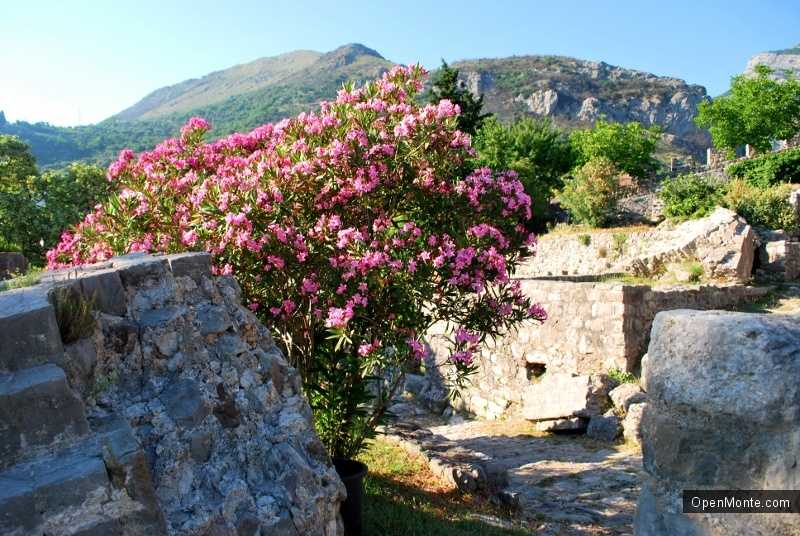
That’s when the idea of turning this city into a museum was born. Old Bar was to become a creative laboratory where temples, palaces, houses and markets would be restored. It was planned to fill the city with theatrical performances, music, institutions with national cuisine and craft shops.
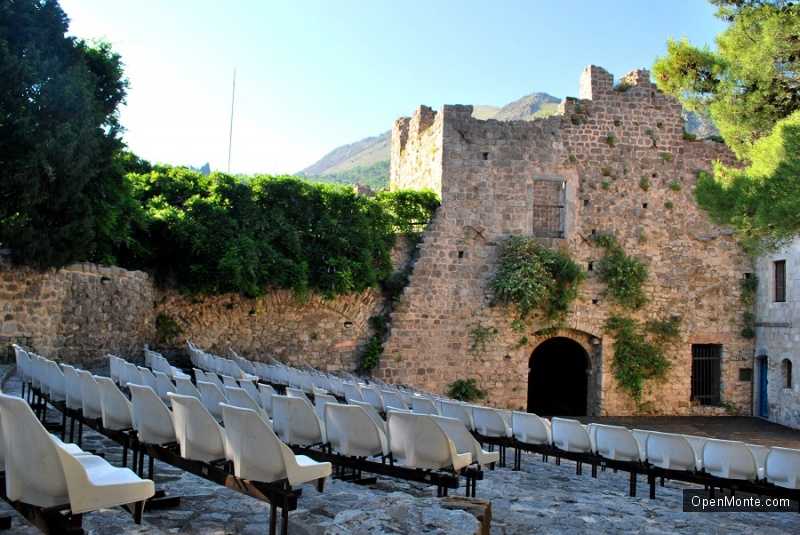
Old Bar was basically rebuilt from scratch. Research and restoration work continued from 1983 to 1990. They were suspended due to the lack of funding and the difficult economic situation in the country.
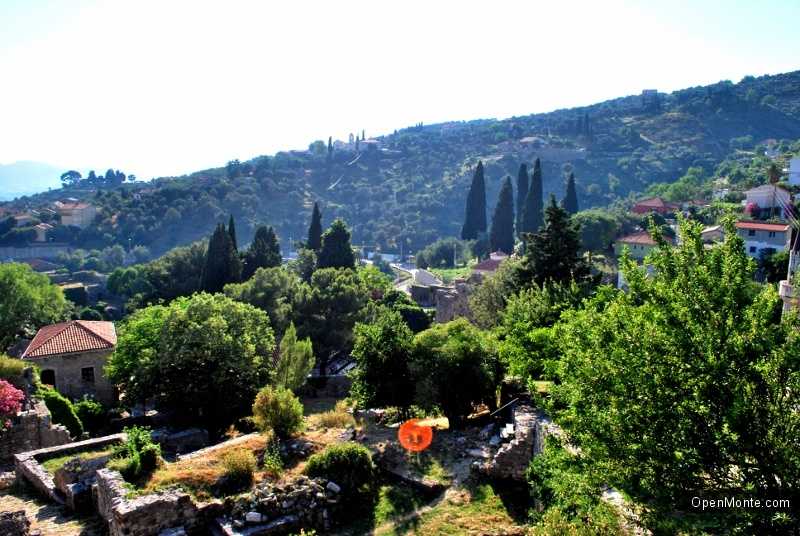
Many monuments have not been restored, and some important restoration projects have not even started. Most of the buildings have not yet been restored. Since then, the city has often been called the “Montenegrin Pompeii”.
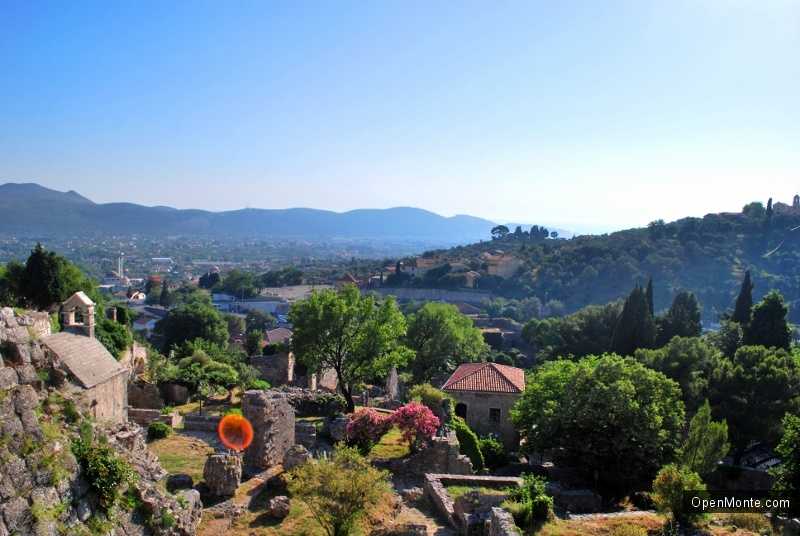
No wonder Old Bar is called a monument town and a ghost town. Despite the ruins and destroyed buildings, you can imagine all the power and grandeur of the former city, which was once ruled by the Illyrian tribes, the Roman and Byzantine empires. During the Venetian Empire a royal residence and important trading areas were located here.
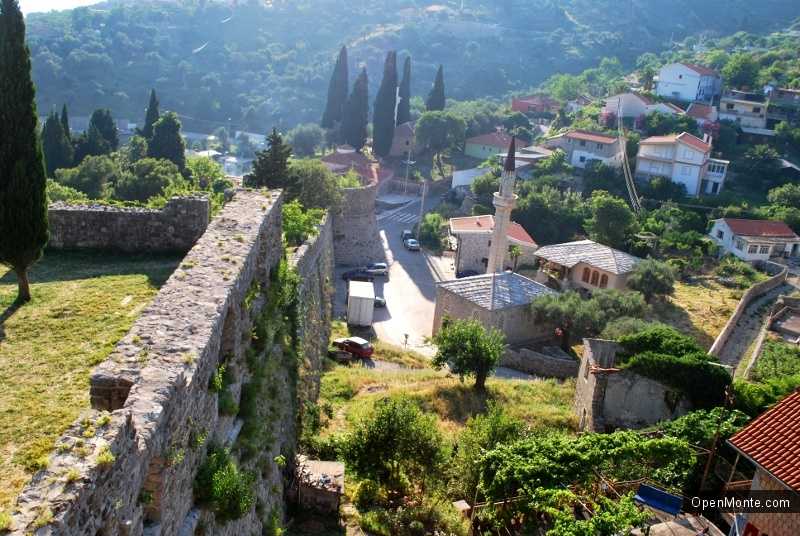
Now these majestic buildings are just ruins, abundantly overgrown with various greenery. In the shade of these trees, we escaped the heat.
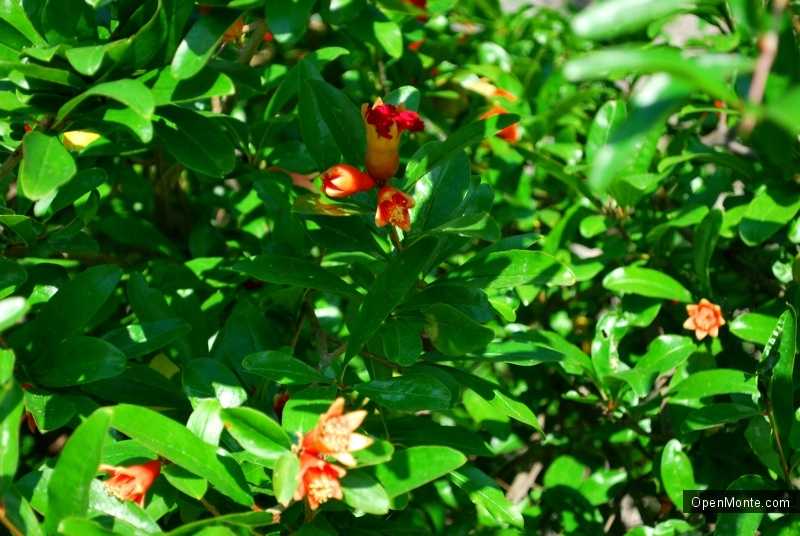
Curious findings
Wandering the streets of the old town feels like going back in time. Turning left, we found an amphitheater that has been rebuilt in a modern way and is still gathering spectators for concerts.
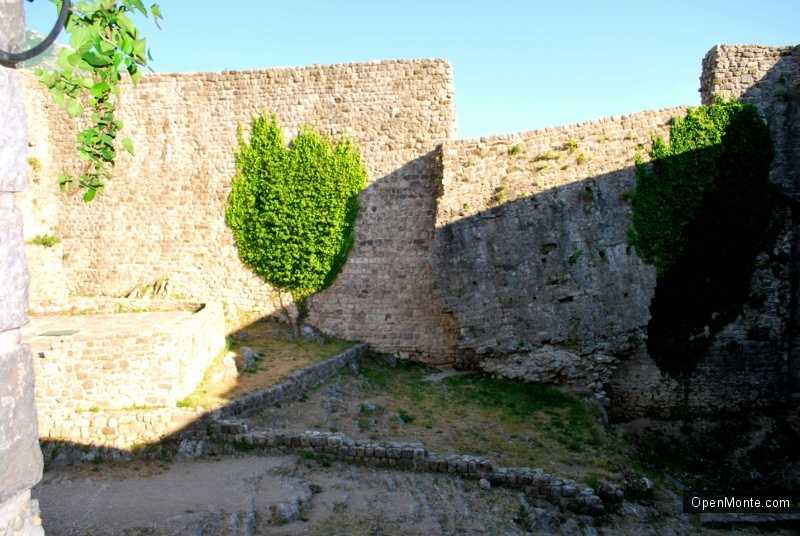
The Omerbasica Mosque with its minaret (1662) and the tomb of the Turkish ruler Derviš Hasana (17th century) are located near the southwest wall of Old Bar. It has a small one-storey building, which served as a living space, attached to it. A mosque house was also built here to accommodate pilgrims and imams.
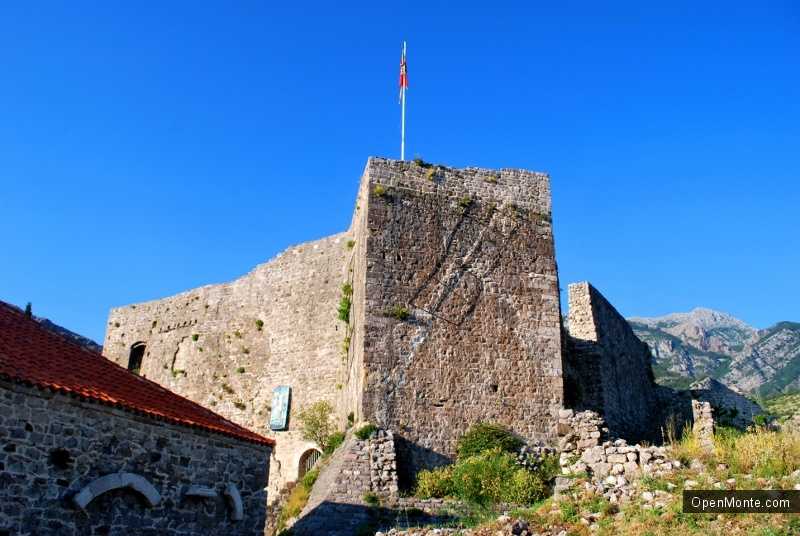
The whole complex is surrounded by stone walls.
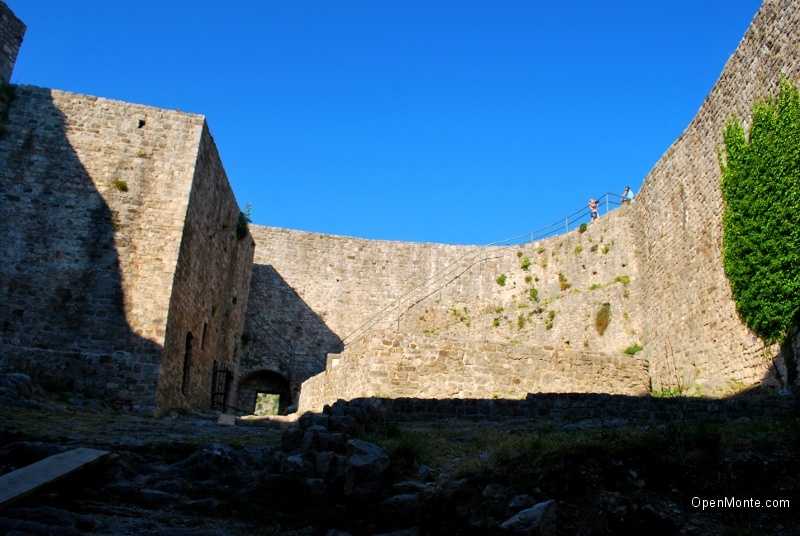
Bar is one of the most secular cities of Montenegro. Catholic and Orthodox temples and Muslim mosques are peacefully located here.
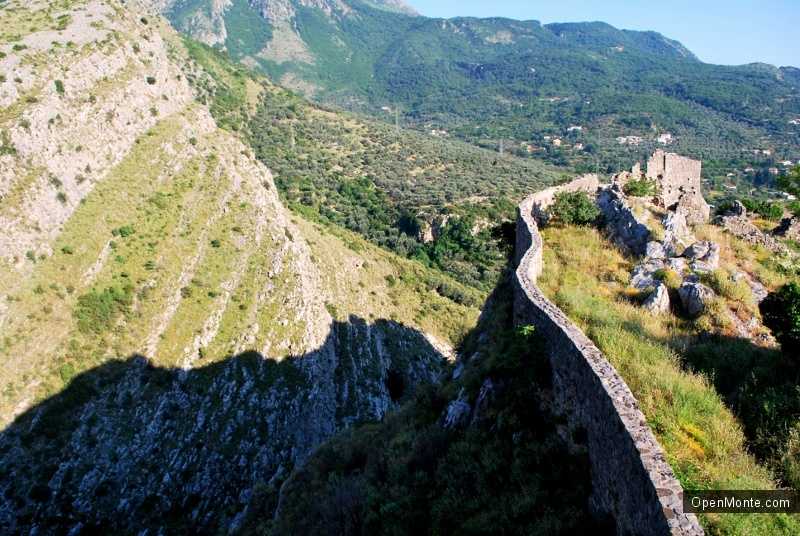
The Citadel
Then we moved on to the Citadel of the ancient city.

In the walls of the Citadel the local population was hiding during the enemy attacks.
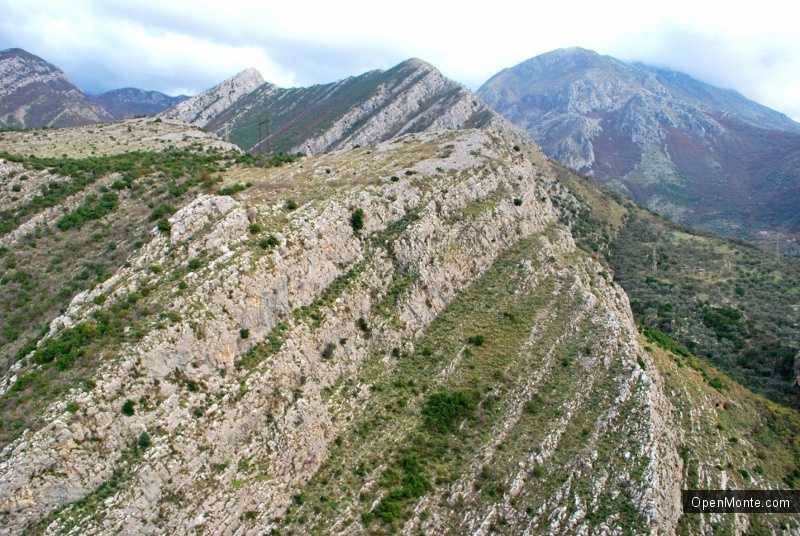
You can use two staircases to get there, one of which (the one on the right side of the photo) is quite steep and has high cobblestone steps, which are sometimes cracked.
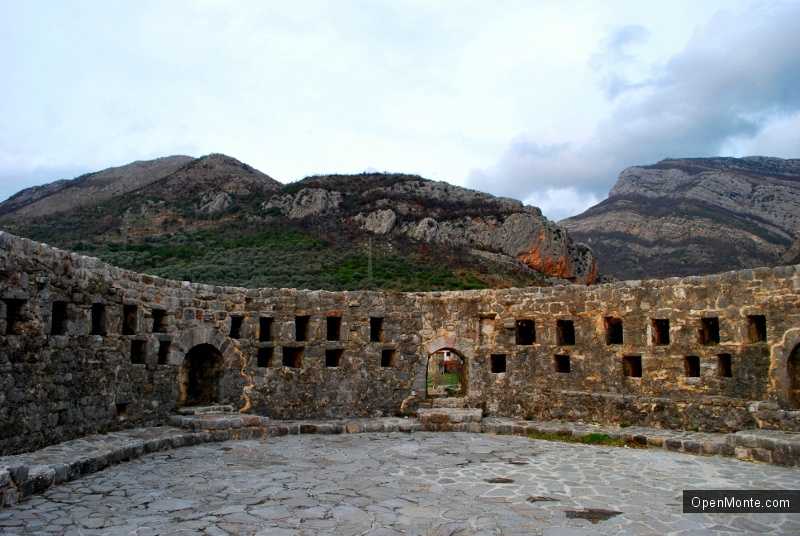 Older people and young children should not go up there without any experience. Be careful if you are carrying a camera or a bag. The scorching sun is heating up the iron railing of the stairs, which makes it difficult to climb.
Older people and young children should not go up there without any experience. Be careful if you are carrying a camera or a bag. The scorching sun is heating up the iron railing of the stairs, which makes it difficult to climb.
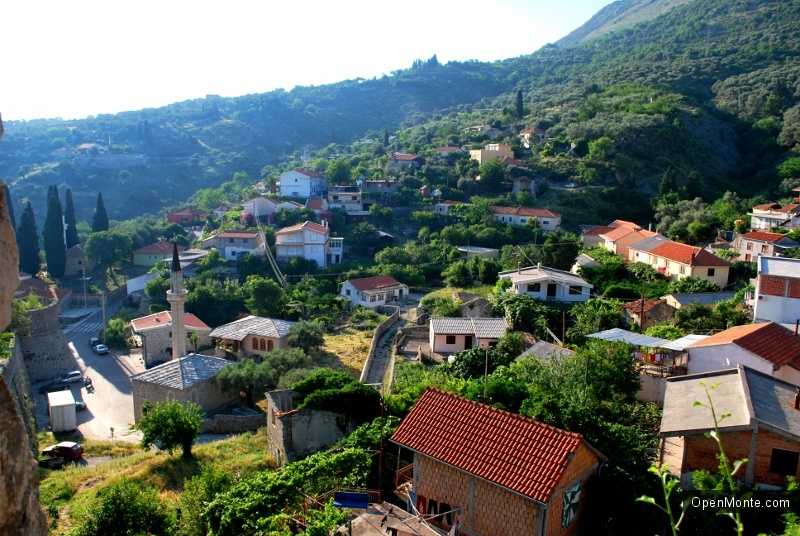
But at the end of this staircase, there is an incredibly beautiful view of the modern Bar and the port, as well as at the Rumija Mountain.
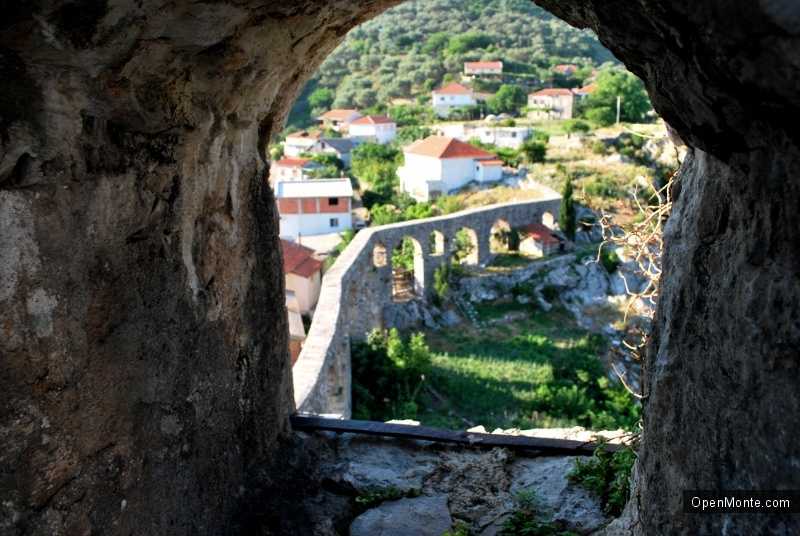
At the top of the citadel is a red flag with a golden eagle.
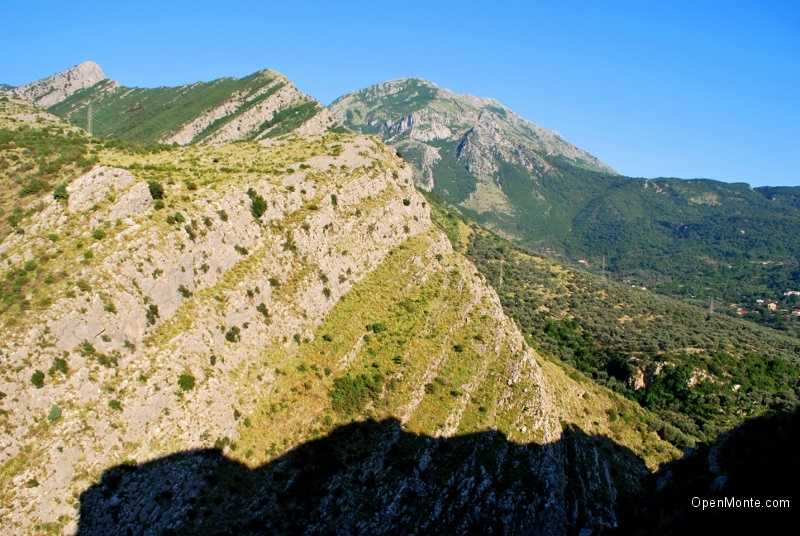
The stone plateau above the cliffs, from under which the springs flow, was an ideal place to live, so the ancient settlement of Bar was created and expanded here.
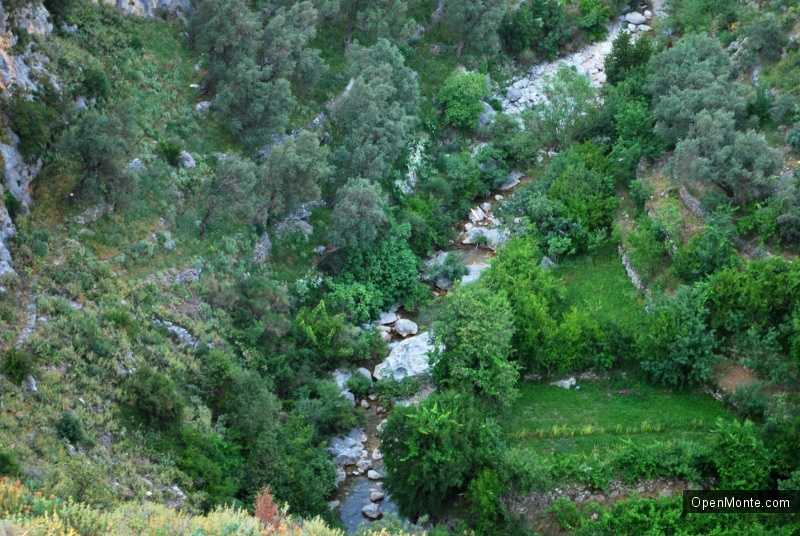
Then we climbed the second staircase of the Citadel, which was more gentle.
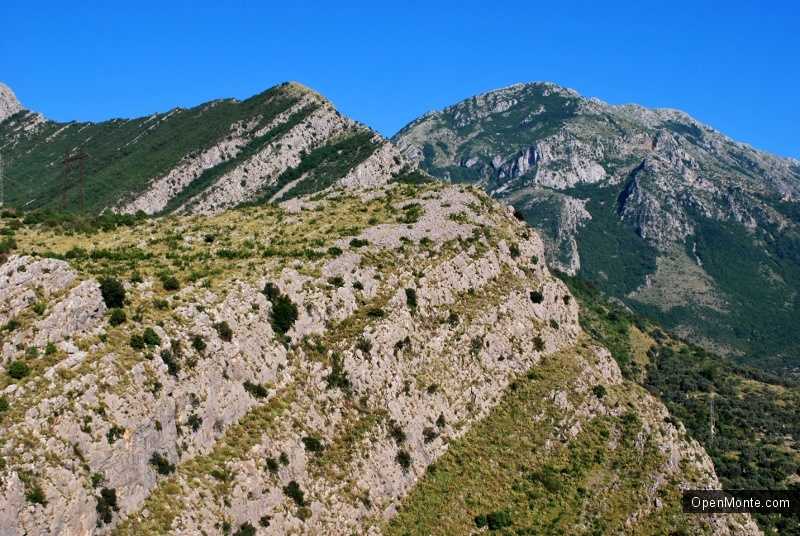
There was a playground with embrasures for shooting off enemies. From there you could enjoy a view of the city just as much.
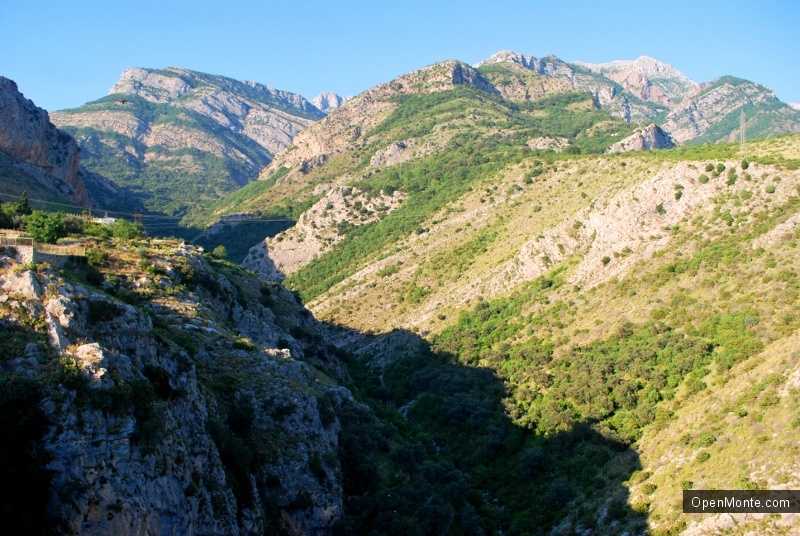
From the height of the fortress, you can see the aqueduct, which was restored after the earthquake of 1979 and is operational!

The aqueduct was built by the Turks in the 16th-17th centuries. It is still capable of supplying the city with water. In its upper part, there is a canal through which connected ceramic pipes are laid.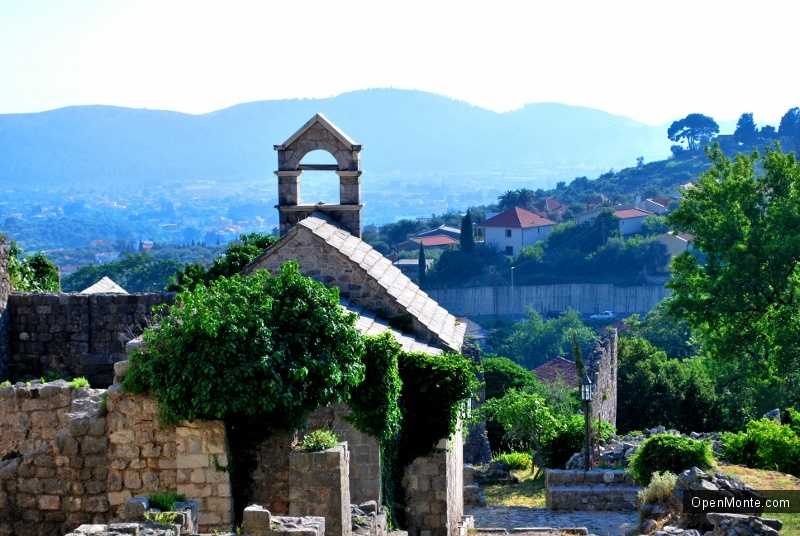
Olive oil
As soon as you leave the Citadel, turn left and you’ll reach a small observation deck, from which you can see the mountains and olive groves.
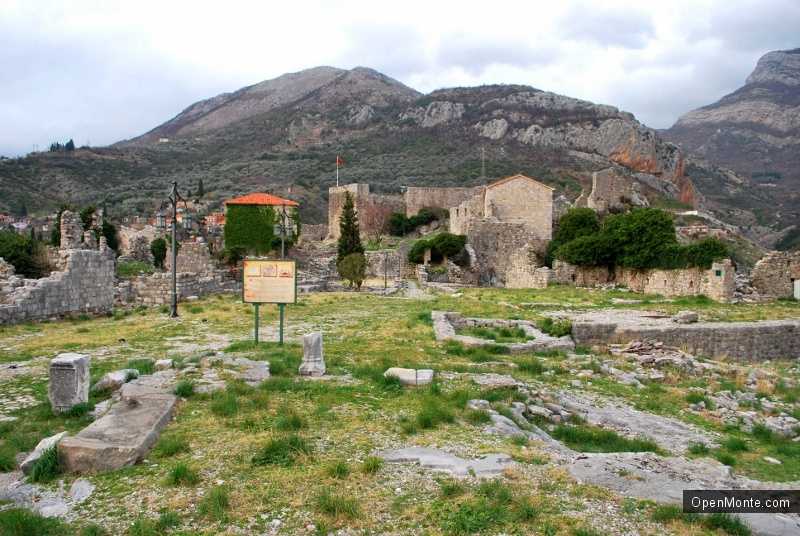
Stari Bar was famous for its mills that produced olive oil. Until 1927, the Oil Mill of Maric Brothers operated in the town, processing up to 20 tons of olives daily.
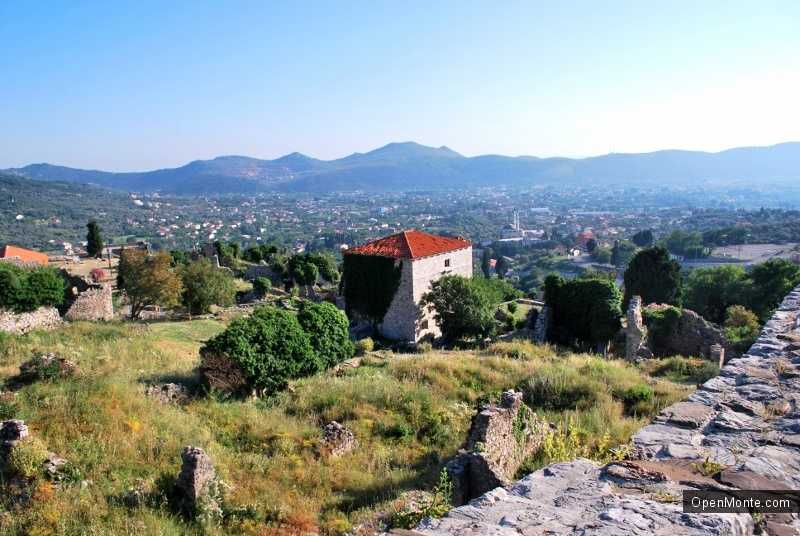 The famous olive oil from Bar was produced here and supplied to America, Germany, France and other European countries.
The famous olive oil from Bar was produced here and supplied to America, Germany, France and other European countries.
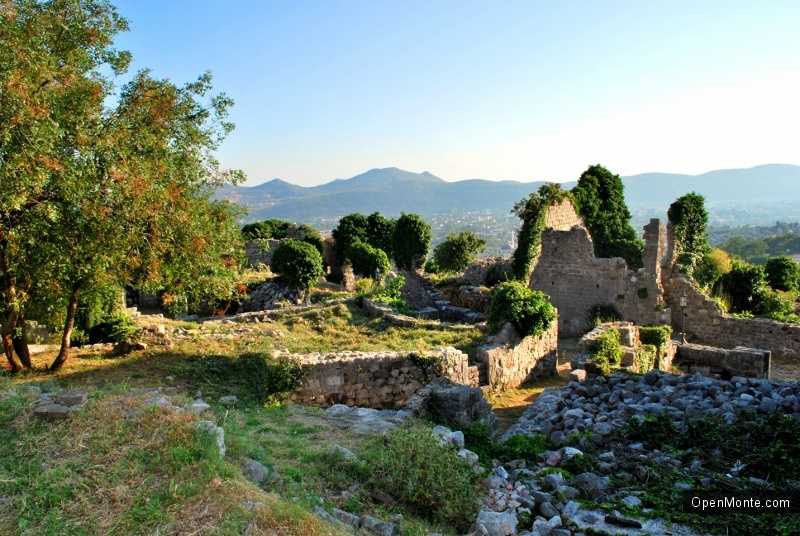
Medieval churches
The church of St. Jovan (built in 1927), which survived the Second World War, is very well preserved.
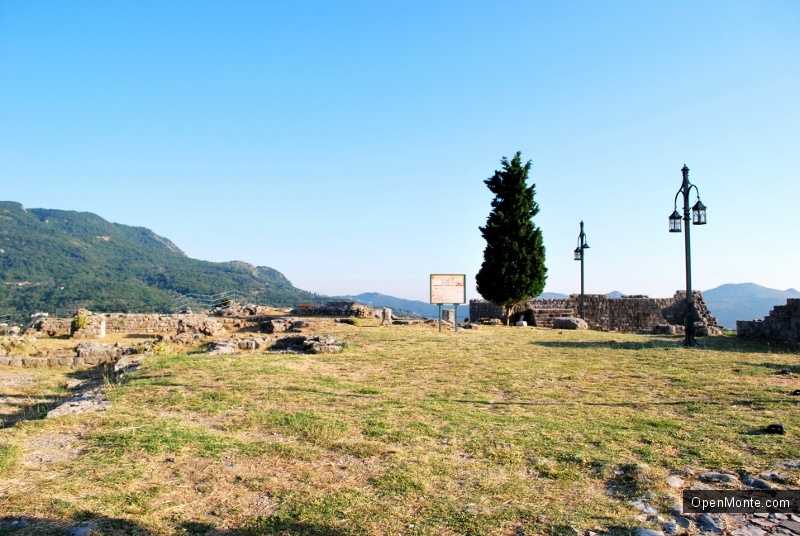
Several medieval churches have survived in the city: the Gothic Churches of St. Venerande (14th century) and St. Katarine (14th century), the church of St. Nicholas (built by Helen of Anjou, wife of Stefan Uroš I).
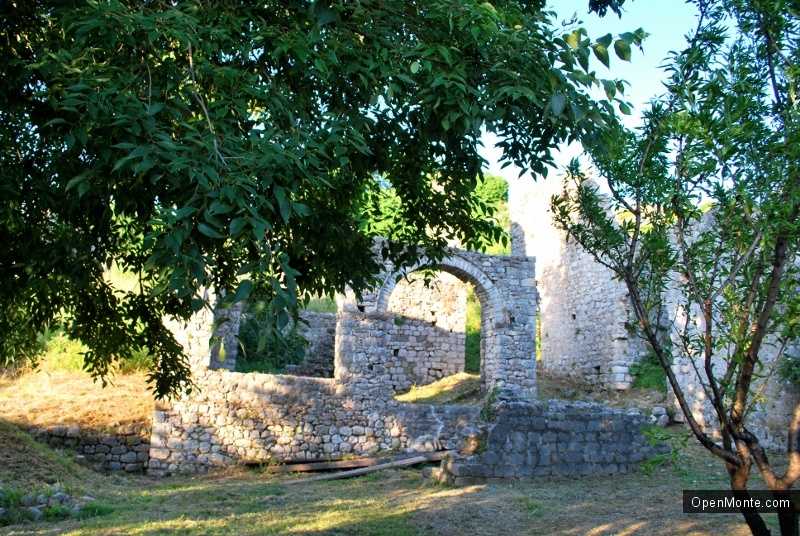
On this spot once was the St. George’s Cathedral, built on the foundation of the Church of St. Theodore (6-10 centuries). In 1067, knyaz Mihailo Vojislavljević was proclaimed king here. St. George’s Cathedral was a place for crowning and burial of the rulers of the Doclean Vojislavljević dynasty.
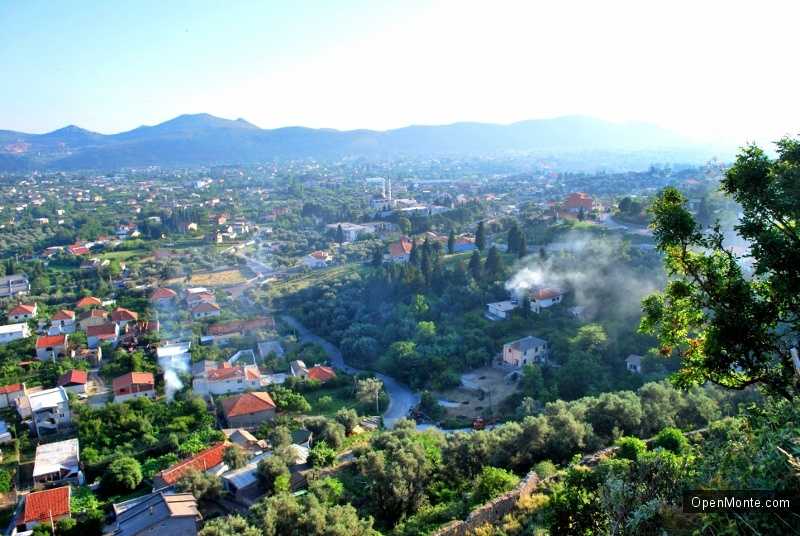
In 1649, the cathedral was turned into a Sultan Ahmet Mosque. The explosion of 1881 destroyed it. Nowadays there is only a foundation left.
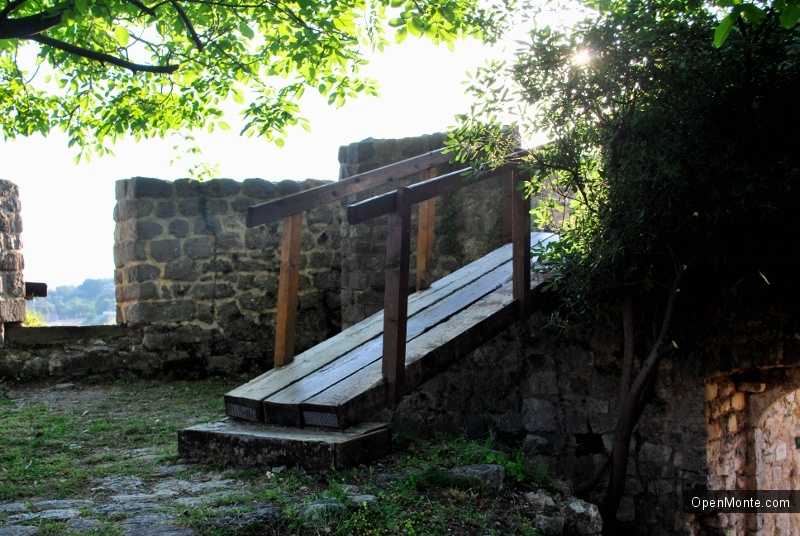
Clock Tower
Closer to the exit of Stari Bar is the famous clock tower, which dates back to the 15th-16th centuries. It is a hallmark of Stari Bar, as the town has survived despite wars, political changes and earthquakes.
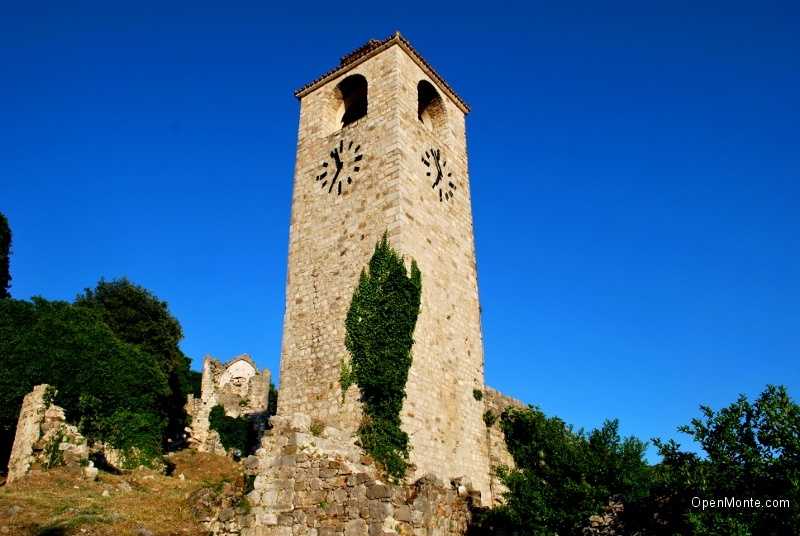
The clock on the tower is still running and shows time correctly. In the evening, the tower has an unusual purple-blue illumination. The whole town is beautifully lit at night. The museum is closed after 9 p.m., but you can admire it from afar.
A 2500-year-old tree
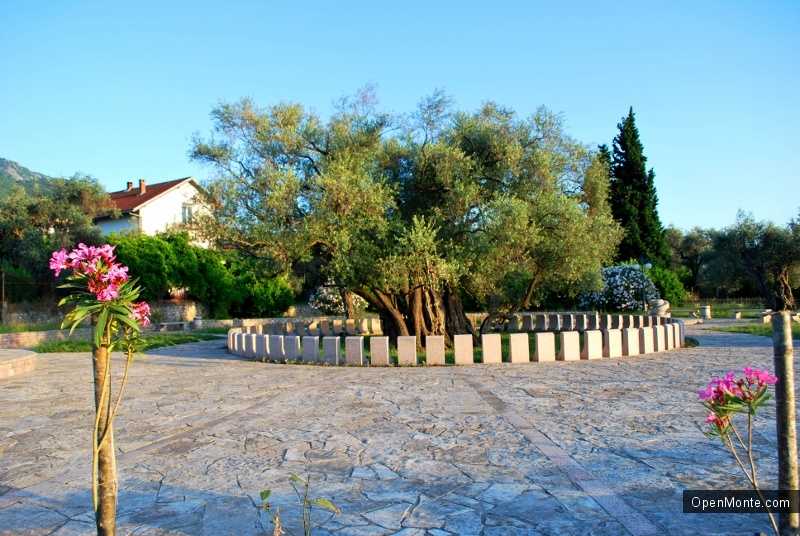
The famous attraction of Bar is the old olive tree, which is estimated to be about 2500 years old! It is one of the oldest trees in Europe.
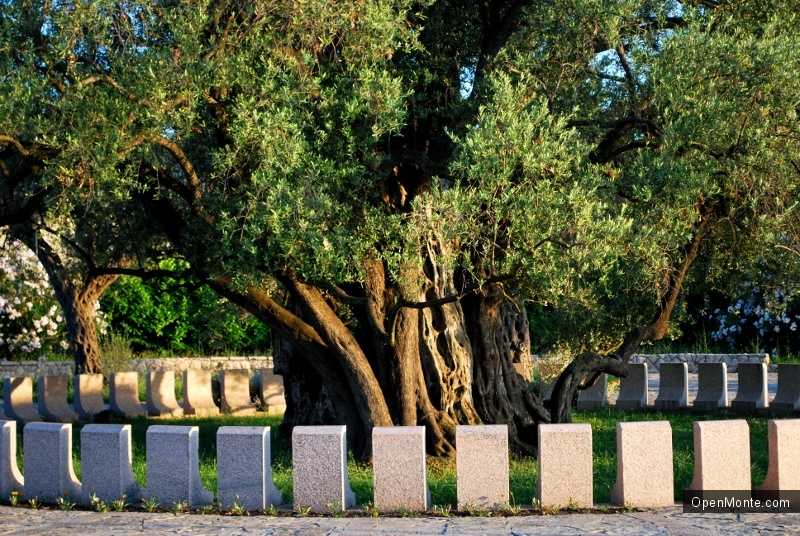
You can come closer to the tree and take a picture with it. The entrance to the fenced area costs 1 euro. The tree is protected as a historical landmark.
